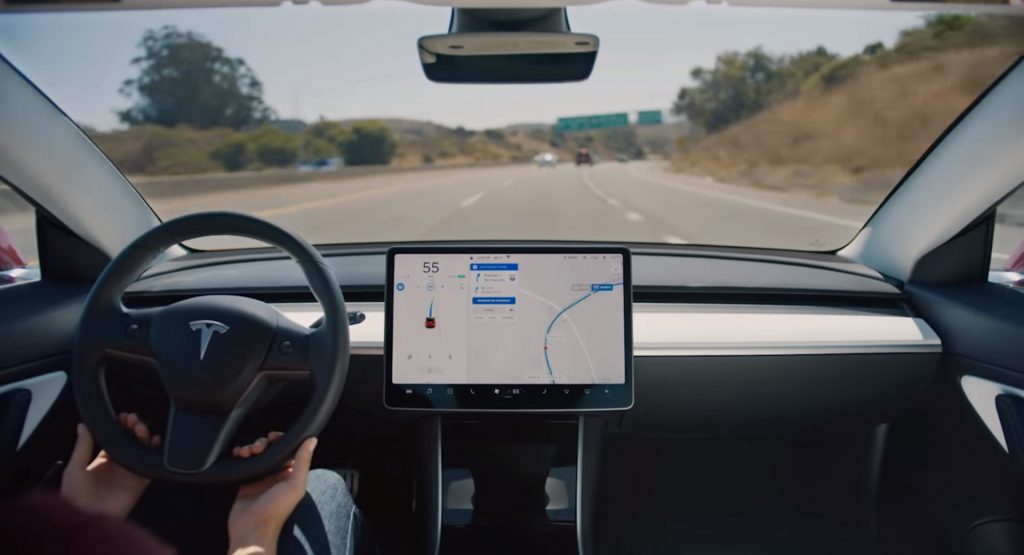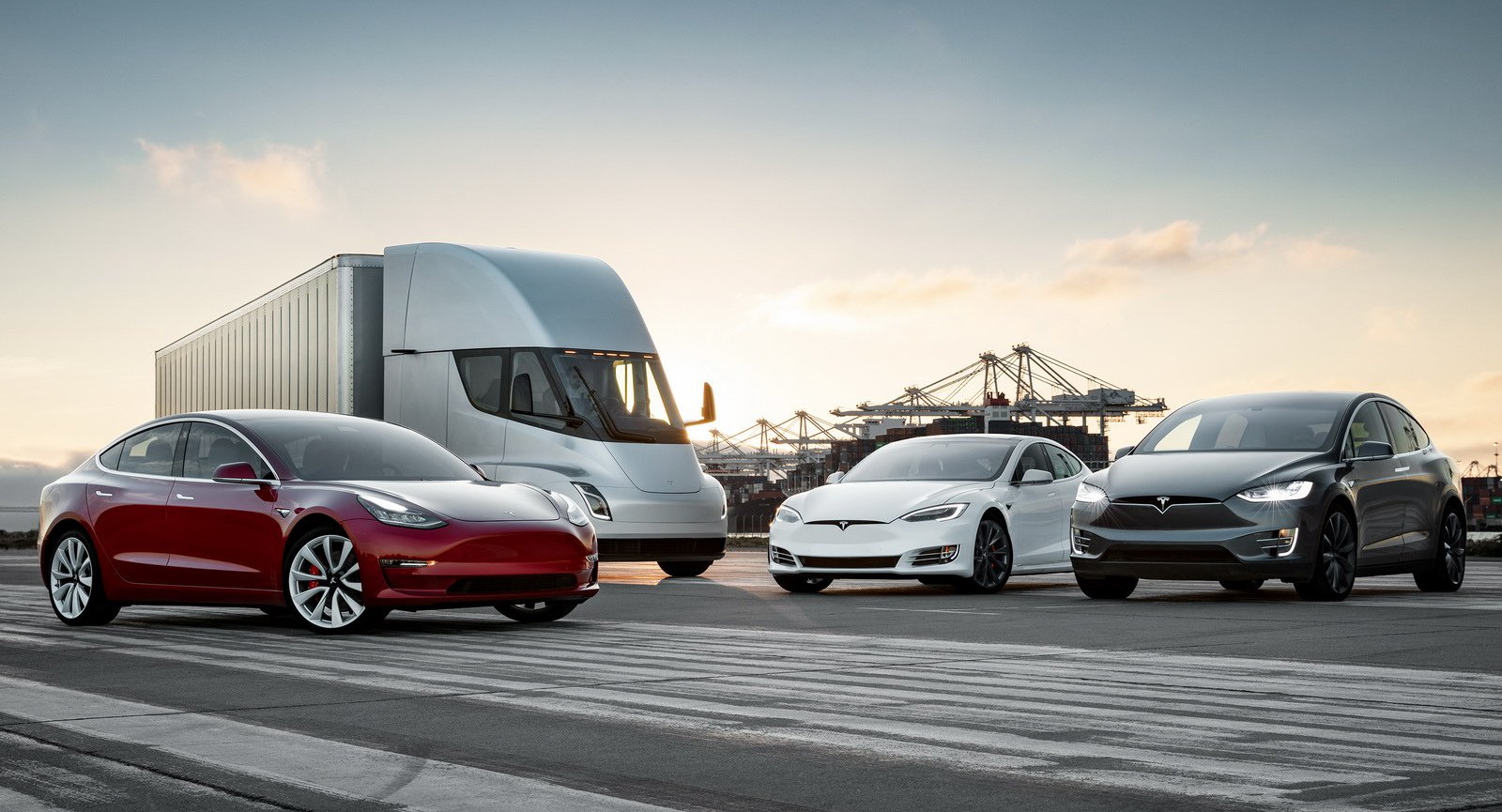Tesla is once again raising the price of its “Full Self-Driving” option of its Autopilot system on its cars by $1,000 as of July 1, with CEO Elon Musk hinting that this price increase won’t be the last.
That means that Tesla customers placing their orders on said date and after will be charged $8,000 to tick the much-talked-about option on their new electric car, up from $7,000 right now.
Musk broke the news on Twitter, adding that the price for the misnamed “Full Self-Driving” feature will continue its upwards trajectory as the development of the software nears completion.
Also Read: Tesla’s Million Mile Battery Could Make EVs Cost-Competitive With ICE Vehicles
“The FSD [Full Self-Driving] price will continue to rise as the software gets closer to full self-driving capability with regulatory approval. It that point, the value of FSD is probably somewhere in excess of $100,000,” said Musk in a tweet.
The FSD price will continue to rise as the software gets closer to full self-driving capability with regulatory approval. It that point, the value of FSD is probably somewhere in excess of $100,000.
— Elon Musk (@elonmusk) May 18, 2020
According to The Verge, one reason behind Musk’s comments on the value of the Tesla driver-assistance software is the promised “robotaxi” capability; Tesla owners will be able to turn their cars into autonomous ride-hailing vehicles, once the system’s development is complete.
Tesla’s boss has previously said that owners will be able to make as much as $30,000 per year once the robotaxi service goes online.
The “Full Self-Driving” feature doesn’t actually turn Teslas into fully autonomous driving vehicles, at least not right now according to the company. In fact many have criticized Tesla for the naming of both the optional feature and that of the Autopilot driving assistance system, with at least two US consumer rights groups accusing the company of being deceptive and misleading.
In its current state, the “Full Self-Driving” feature makes Teslas able to offer a degree of semi-autonomous driving on the highway, capable of making lane changes, navigating interchanges and bring the car to a stop at traffic lights and stop signs in addition to the standard self-centering on the lane and active cruise control. The driver must have his hands on the steering wheel at all times or the system will disengage and the road must feature clear lane markings for the cameras to position the car.





